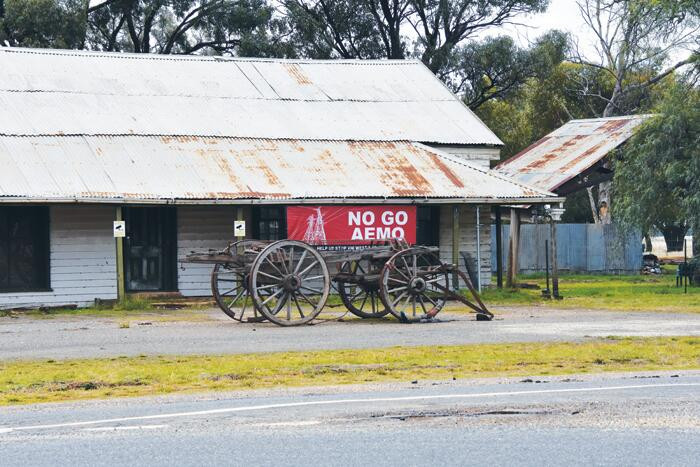Agriculture
21 July, 2023
Hundreds put their views on VNI West route
LANDOWNERS in the 1km-wide VNI West preferred corridor will be contacted next month. Transmission Company Victoria on Tuesday said the corridor between Bulgana, near Stawell, and Kerang would be made public after landowner talks. The corridor will...

LANDOWNERS in the 1km-wide VNI West preferred corridor will be contacted next month.
Transmission Company Victoria on Tuesday said the corridor between Bulgana, near Stawell, and Kerang would be made public after landowner talks.
The corridor will be between 500 metres and 1km wide running between Wedderburn and Charlton and through the Boort district,
A spokesperson said: “We have not yet commenced direct landholder engagement, so have not had any discussions about land access for field studies or access payments.”
TCV’s $10,000 offer to landowners for access has been criticised by the Victorian Farmers’ Federation.
The company was also forced to update information brochures during community consultation when it was confirmed TCV did not have authority to enter land.
The last of five consultation sessions was held in St Arnaud on Saturday when 103 people attended to make known their views on the project.
TCV said 72 people had attended the first session in Boort, while Navarre had 48, Kerang 81 and Charlton 89.
The company’s Nicola Falcon said: “The community sessions provided a valuable opportunity to talk to almost 400 farmers and members of the local community face-to-face, to answer questions and provide information about the process we are going through to identify the corridor for the transmission lines.
“While we recognise that not everyone supports the project, we welcomed the chance to listen to landholders, to talk about issues of concern, answer questions and outline the process we are following,” she said.
“The biggest area of focus was the transmission route – where would the final transmission corridor be located, and when would we have more information. There were also many broader discussions around the need for the project, the rationale for selecting this particular area of interest, potential impacts on farms and risks to agricultural production, the cumulative effect of renewable generation and transmission development, and the benefits to the region from the project.
“We also heard that unfortunately, the prospect of new transmission is causing significant stress for some community members and landholders, particularly at this early stage of the project due to the level of uncertainty.
“We are working to refine the current area of interest to a 500-metre to 1km corridor over the next six weeks, and we will make this information public once we have had the chance to make contact with the owners of land within that zone.”
Ms Falcon said more than 1200 comments had been added to an online pinpoint map.
“We are working to find a route that minimises impacts to agriculture, cultural heritage, communities and the environment. Input from the community and landholders is a critical part of that process. We thank everyone who attended, and plan on conducting more community forums as the project progresses”.
“There was considerable interest in a new report and a series of maps we had on display, which illustrate the important areas of land use across the project area following a study by engineering and environment consultant AECOM.
“The maps provide an insight into the process underway, identifying significant features that will influence the location of the transmission lines. Large maps showed the constraints identified in six key areas - agriculture, ecological values, Aboriginal cultural heritage, flooding, land use and infrastructure and engineering.”